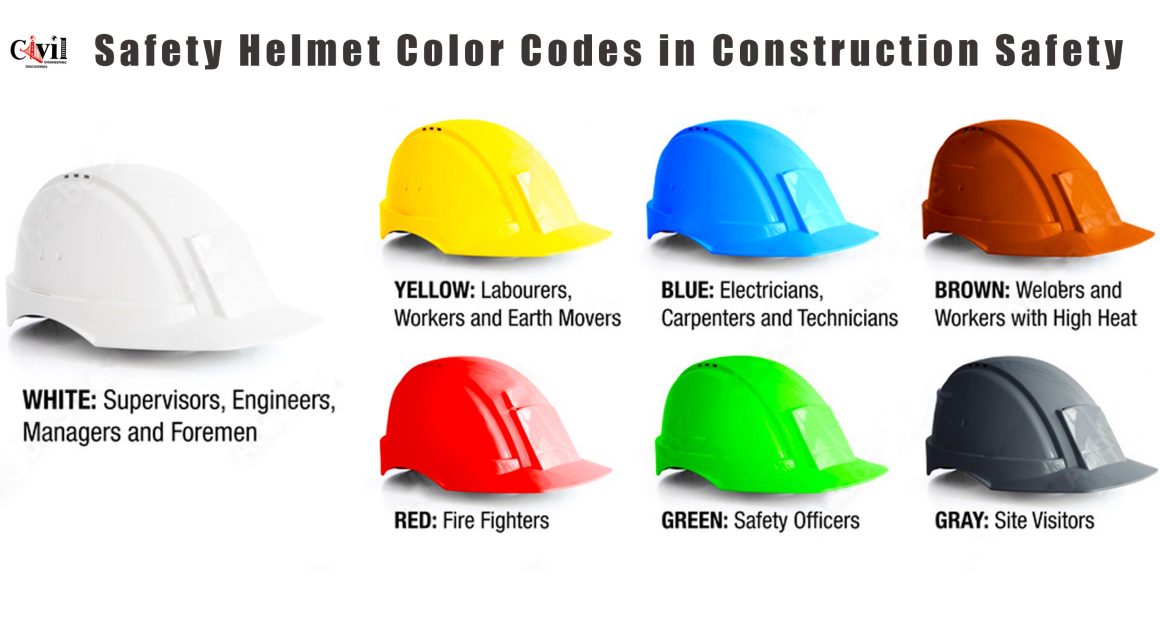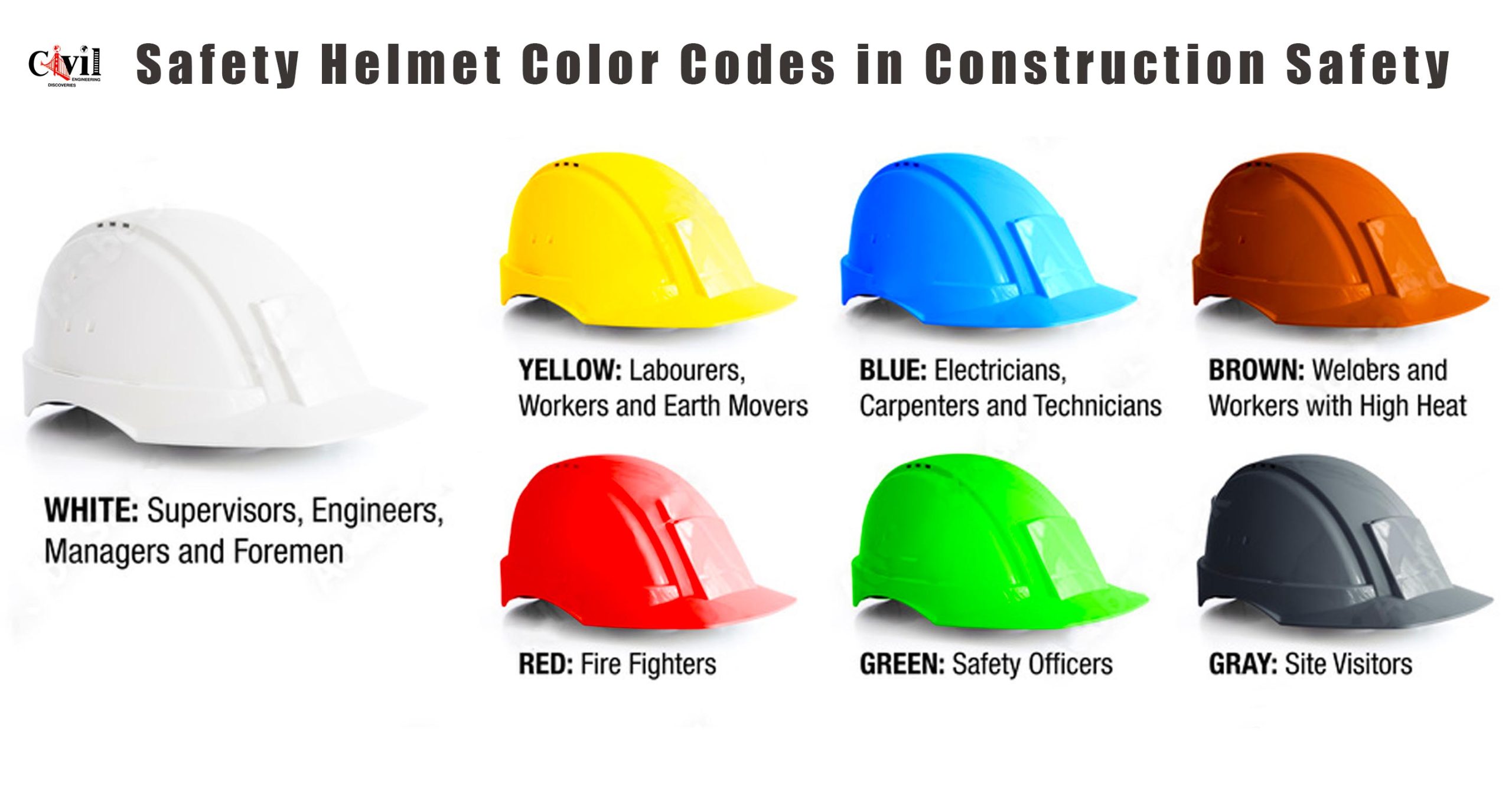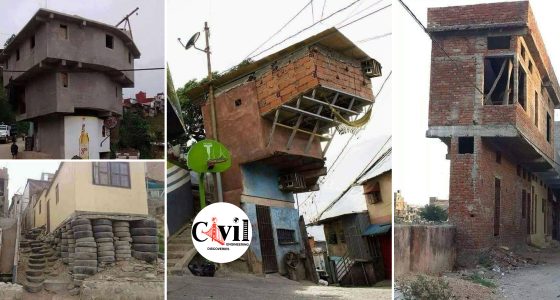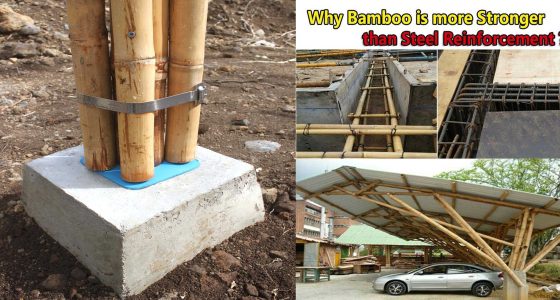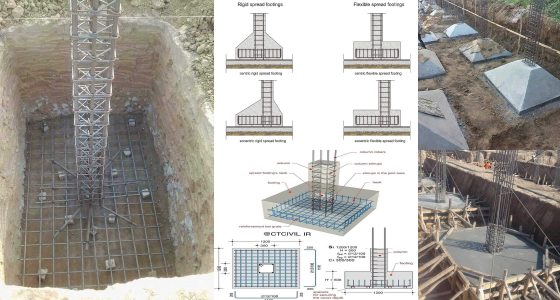In the construction industry, safety is a top priority, and one of the most effective ways to maintain safety is through the use of colour-coded safety helmets. These helmets not only protect workers from head injuries but also help in quickly identifying their roles and responsibilities on-site. The safety helmet colour code has been standardized in many regions to ensure consistency and improve safety protocols.
White Helmets – Managers and Supervisors
White helmets are reserved for managers, engineers, architects, and supervisors. These are the individuals responsible for overseeing the work being done and ensuring that all safety protocols are being followed. The use of white helmets helps to quickly identify authority figures on-site. White is often associated with clarity, leadership, and responsibility, making it a fitting colour for those in charge.
Brown Helmets – Welders and High-Heat Workers
For workers involved in high-temperature environments, such as welders, brown helmets are used. These helmets are designed to withstand the rigours of high-heat applications, protecting workers from potential hazards. Welders are crucial in construction for tasks such as joining metal structures, and their specialized roles require distinct protective gear, of which the brown helmet is a key element.
Green Helmets – Safety Inspectors and New Workers
Green helmets are typically worn by safety inspectors, who ensure that safety regulations are being adhered to on-site. New workers or probationary staff may also wear green helmets, signifying that they are still in a learning phase and require additional supervision. This distinction helps seasoned workers identify newcomers, allowing them to offer guidance and maintain a safer work environment.
Yellow Helmets – General Laborers
Yellow helmets are the most common on construction sites, worn by general labourers and earth-moving operators. These workers are the backbone of construction, involved in various tasks, from heavy lifting to operating machinery. The bright yellow colour enhances visibility, making it easier for supervisors and other workers to spot general labourers, especially in busy or hazardous areas.
Blue Helmets – Carpenters and Electricians
Carpenters, electricians, and other technical operators often wear blue helmets. These workers are essential in the construction process, providing the specialized skills needed to complete the structural and electrical components of a project. The blue helmet distinguishes them from general labourers and other site workers, ensuring that their expertise is quickly recognized.
Grey Helmets – Site Visitors
Site visitors, who are not part of the regular construction crew, wear grey helmets. These helmets signify that the person is a visitor and may not be familiar with the safety protocols of the site. Grey helmets help workers identify visitors quickly, ensuring that they receive the necessary supervision and guidance while on-site.
Red Helmets – Firefighters
In the event of an emergency, firefighters on construction sites wear red helmets. Red is a colour commonly associated with danger and urgency, making it the perfect choice for individuals responsible for fire safety. Quick identification of firefighters during emergencies is crucial, as they need to navigate the site rapidly to protect both lives and property.
Click Here To See The Importance Of 135-Degree Seismic Hooks For Earthquake-Resistant Structures
